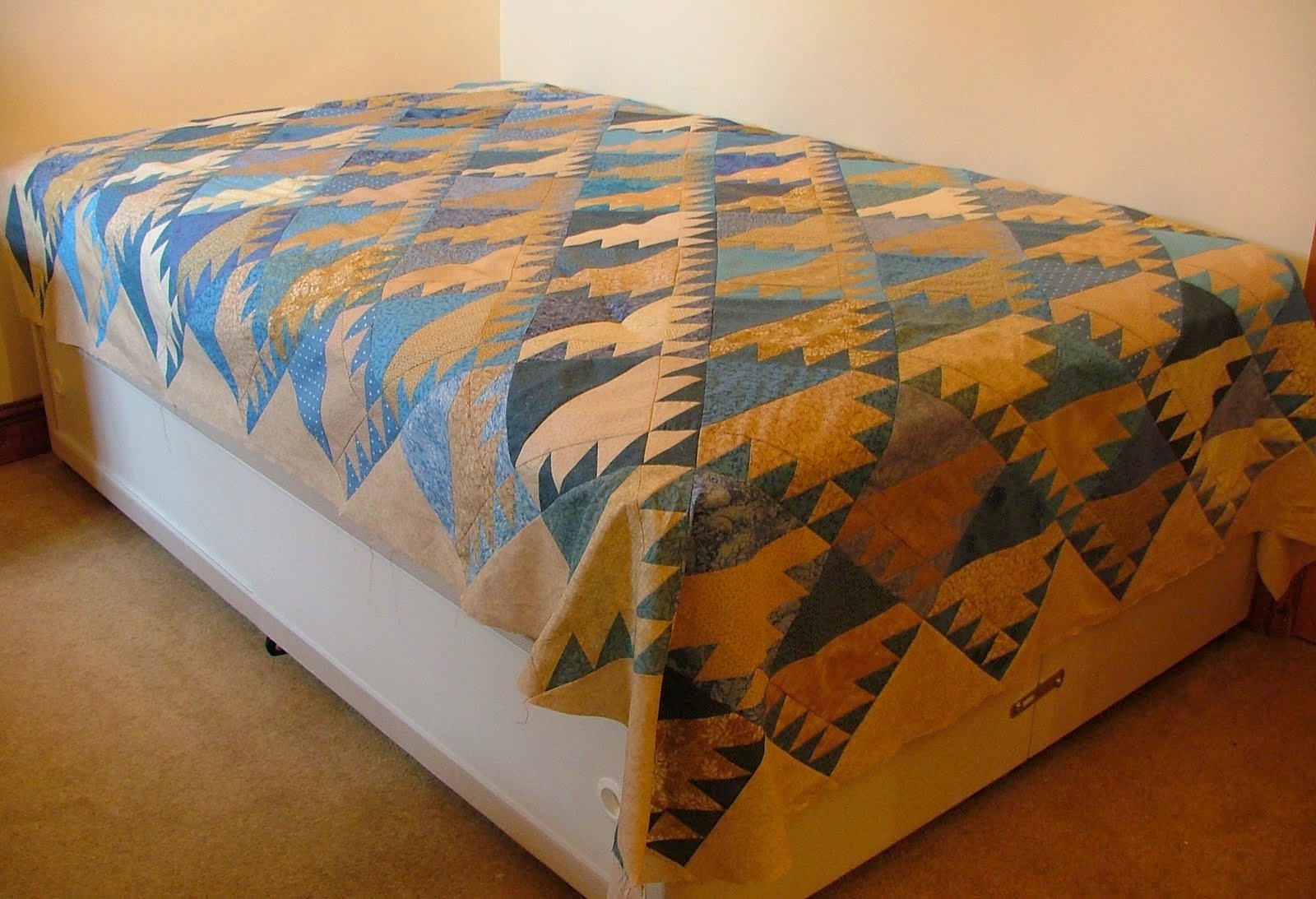I have not made any progress on the Lady of the Lake quilt
this week, preferring instead to do something completely different and there is
a round-about reason for doing this.
Recently I attended a
workshop by Richard Box. I have always admired his work and I had bought his
book years ago but I have never tried the techniques described within its pages.
This of course was just what we wanted to do; that’s why we
went on his workshop. We became him, worked like him and came away with a
replica of his work. Whether I will go on to use his technique again remains to
be seen but it was an eye-opening experience.
So, after that workshop, I was surfing the internet and I
came across a workshop by quilt artist Susan Lenz (inboxseries.blogspot.com) and
decided to try it with the same attitude that I did the Richard box workshop.
It took a while to get the right fabrics and supplies together because they
were different from the ones I would naturally have in stock. The fact that I
have got as far as I have goes to illustrate the power of good visual images
and an informative text. You can learn so much by following someone else’s
technique and then you can decide afterwards whether or not it will suit your
way of working on future pieces. I enjoy learning new techniques and I have the
seed of an idea that I would like to pursue but I am not sure how to go about
it. Experiencing different procedures will help me I think and here are the very basic
steps of the start of this method.
1 Paint Bondaweb with weak acrylic paint and allow it to
dry. Iron it onto synthetic felt.
2 Cut out squares and rectangles of synthetics with Bondaweb
already applied to the WS. Stick them onto the felt leaving a ¼” space in
between the shapes. Add smaller shapes on top of the larger shapes to add
interest.
5 Cut pieces of synthetic sheers into small pieces and stick
them randomly on top of the painted Bondaweb so that the surface is completely covered.
More on this process next time. When I initially read the
workshop in its entirety, I have to say that wondered why there were so many
phases. I have decided to just work through it and save any comment until after
it has been completed.


































